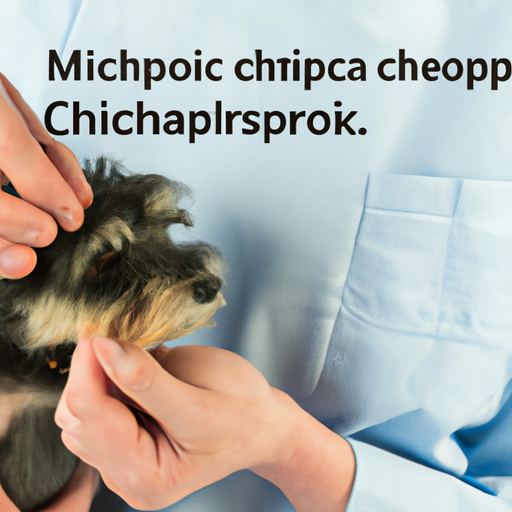Introduction
You are not just a pet owner; you are a caregiver. The love and care you show to your furry friend is unparalleled. As such, it is only natural for you to want to ensure their safety. One way to do this is by microchipping your dog.
Understanding Microchipping
Microchipping is a simple procedure where a tiny chip, the size of a grain of rice, is inserted under your dog’s skin. This chip carries a unique identification number that can help reunite you with your pet if they ever get lost.
How does a Microchip Work?
- When a scanner is passed over the skin of a microchipped pet, the scanner emits a low-frequency radio wave.
- The microchip, which is dormant until it comes into contact with the scanner, responds to the scanner’s radio wave by transmitting the unique identification number.
- The scanner reads the number, which can then be looked up in a pet recovery database.
The Procedure of Microchipping
The process is quick, simple, and no more painful than a vaccination. Here’s what you can expect:
-
The Chip: The microchip itself is about the size of a grain of rice. It comes pre-loaded in a sterile applicator, ready for insertion.
-
Insertion: Using the applicator, the vet or technician will insert the microchip under your dog’s skin. The usual location is between the shoulder blades.
-
Registration: After the chip is inserted, you’ll receive a form to fill out with your contact information. This information is then registered to the chip’s ID number in a national pet recovery database.
-
Confirmation: Following the procedure, your vet may scan your dog’s microchip to ensure that it can be detected and read correctly.
The Importance of Microchipping Your Dog
Microchipping is a secure, effective, and permanent method of identification that can’t be lost or destroyed. Here are some reasons why it’s important:
- Recovery: If your dog ever gets lost, a microchip increases the chances of them being returned to you.
- Proof of Ownership: In the unfortunate event of a dispute over a dog’s ownership, a microchip provides the evidence needed.
Frequently Asked Questions
Q: Is microchipping painful for my dog?
A: It’s no more painful than a standard vaccination.
Q: Can a microchip track my dog’s location?
A: No, microchips are not GPS devices. They only provide identification when scanned at close range.
Q: Do I need to update the microchip information?
A: Yes, keep your contact details up to date in the pet recovery database.
Q: How long does a microchip last?
A: Microchips are designed to last the lifetime of your pet.
In conclusion, the safety of your pet is paramount. As a caregiver, microchipping your dog is a step towards ensuring their safety. It’s a simple procedure that could mean the difference between losing your pet and being reunited with them.



